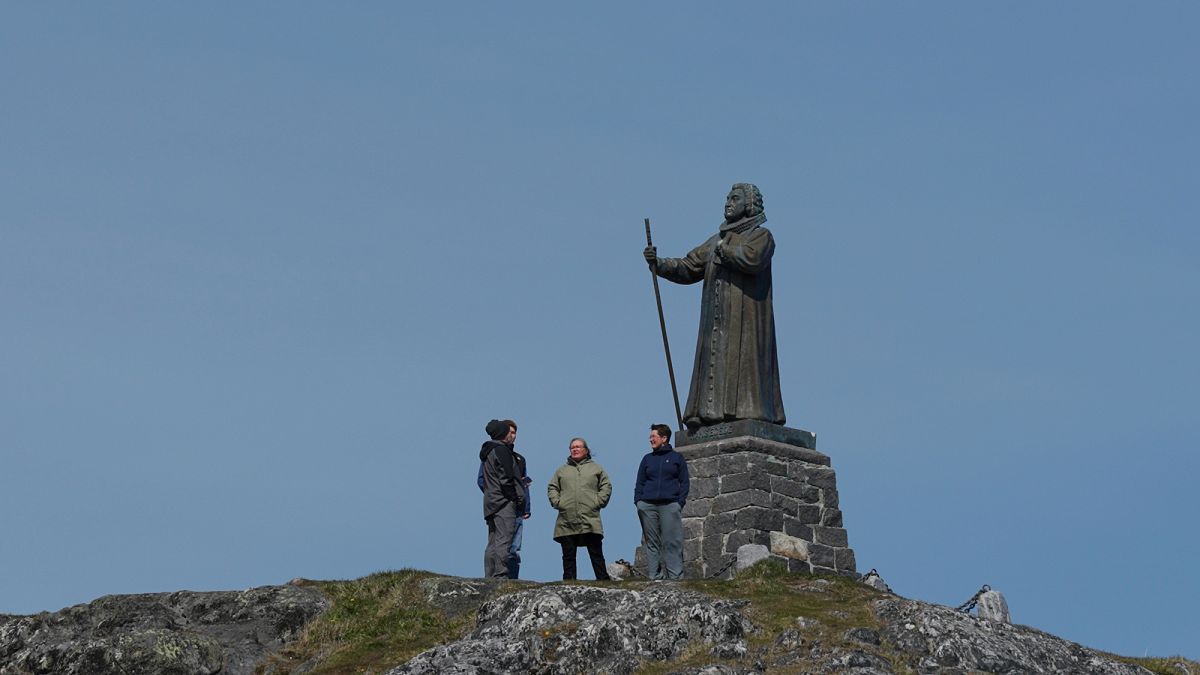

As we navigate the complexities of our world, nations and innovators alike look towards new strategies that promise to shift our approach to global necessities. In Greenland, the allure of untapped natural resources is drawing interest as Europe and the United States seek to diversify their sources of critical minerals. Amid these shifting priorities, concerns around ecological balance arise as the presence of invasive species in Germany highlights the ongoing environmental challenges requiring attention. Meanwhile, pioneering transformations in transportation are being witnessed in Denmark, with the arrival of electric aeroplanes promising to reshape the future of flight.
Greenland, with its vast and relatively untouched mineral reserves, is becoming a focal point for countries eager to reduce dependency on China’s mineral resources. This interest is sparked by the growing demand for materials essential to the technologies driving the global transition to renewable energy and digitization. By sourcing minerals locally, European nations and the U.S. aspire to foster greater resource independence, ensuring a more stable and sustainable future. The strategic focus on Greenland forms part of a broader commitment to diversify supply chains and support geopolitical balance within an interconnected world.
While human pursuits extend to uncovering new resources, Germany is confronting a challenge of maintaining its ecological integrity against the backdrop of invasive species. Raccoons, among other non-native creatures such as certain hornets and algal blooms, have been classified as threats to Europe’s biodiversity. These species disrupt local ecosystems, and their proliferation poses risks to native habitats and species. Recognizing these impacts, scientists and environmentalists are advocating for measured and mindful strategies to protect Europe’s rich biodiversity, highlighting a shared responsibility to preserve delicate ecological balances.
With innovation as a response to environmental strains, Denmark is leading the way in transforming aviation with its first test flight of an electric aeroplane. The debut marks a pivotal moment for sustainable air travel, offering a glimpse into a future where flights can be conducted with minimal environmental impact. The plane’s rapid charging ability using standard electric vehicle infrastructure sets a promising precedent for expanding airport capabilities to support more electric flights. This development is a testament to the shift towards greener technologies that promise to ease the carbon footprint of global travel. The Danish initiative underscores the broader commitment across nations to innovate and embrace solutions that align with sustainability goals.
Concurrently, the community of conservationists in New South Wales faced disheartening outcomes from an attempt to reintroduce koalas into native forests, underscoring the delicate balance required in ecological conservation efforts. The loss of several koalas during this translocation highlights the challenges involved in species management and conservation practices. This incident has prompted calls for a thorough review and reflection on methodology and approaches, emphasizing the need for continuous learning and adaptation in conservation projects to prevent similar outcomes in the future.
These narratives collectively illustrate the imperative of harmonizing progress with preservation, showcasing the diverse strategies being deployed globally to address contemporary challenges. Whether through securing resources, preserving ecosystems, or innovating for sustainability, the path forward demands a conscious and concerted effort across disciplines and borders. As we move forward, the focus remains on mindful engagement, laying a foundation for a future that respects both human aspirations and the natural world. Through informed actions and collaborative endeavors, these efforts strive to paint a picture of a world that endeavors to meet the needs of today while safeguarding the possibilities of tomorrow.
Source: {link}
